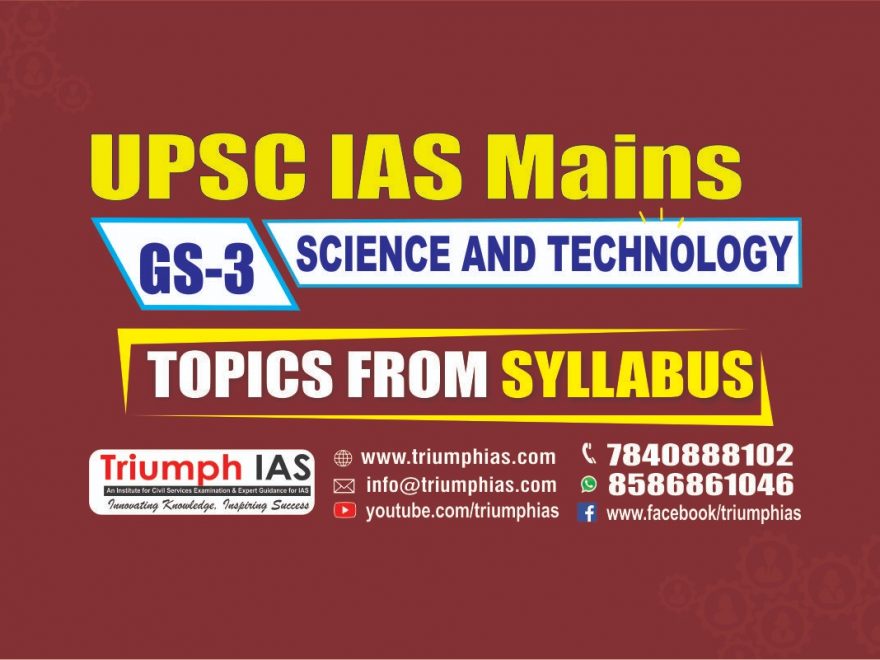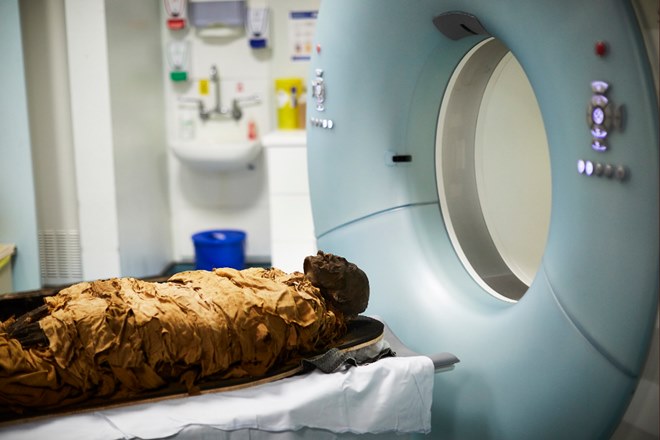Relevance: Mains: G.S paper III: Science and Technology
Why in news?
- For the first time, scientists have reconstructed the voice of an ancient human being, that of a 3000-year-old Egyptian mummy named Nesyamun (as per his coffin inscriptions).
About:
- Nesyamun, also known as The Leeds Mummy, is an Egyptian mummy from around 1100 BC held at Leeds City Museum. Nesyamun was a priest, incense-bearer and scribe at the Egyptian temple complex at Karnak. He died in around 1100 BC.
- The sound, which has been reproduced, is “vowel-like” and has been produced based on precise measurements of the mummy’s existing vocal tract.
How was it done?
- These measurements were determined by taking a computerised tomography (CT) scan of the mummy. The researchers then built a three dimensional model of the mummy’s vocal tract using a 3D printer and by connecting it to an electronic larynx were able to produce an output.
- The process of creating three-dimensional printed vocal tracts was based on a technique proposed by Bertrand Delvaux.
- One of the modern applications of this voice synthesis technique includes “giving back” vocal sounds to those individuals who have lost normal vocal fold function following physical trauma, for instance.
What is the significance of this sound reproduction?
One of the modern applications of this voice synthesis technique includes “giving back” vocal sounds to those individuals who have lost normal vocal fold function following physical trauma, for instance. The process of creating three-dimensional printed vocal tracts was based on a technique proposed by Bertrand Delvaux.
Significantly, the researchers note that using synthesised voice from a deceased person raises its own ethical concerns that may need to be discussed. But for now, the potential benefits of studying Nesyamun outweigh the ethical concerns since the scientific techniques used are “non-destructive”.


